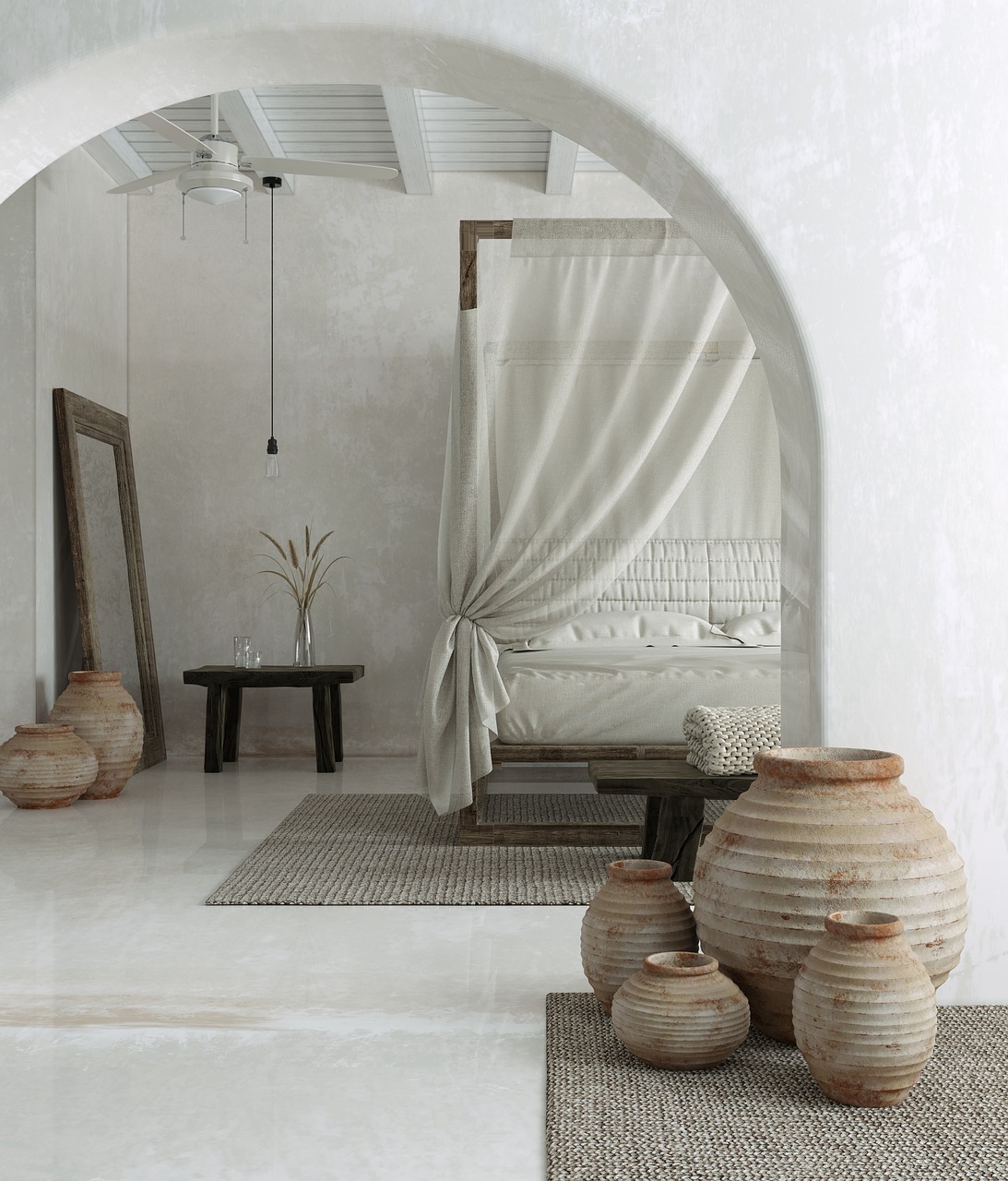Your cart is currently empty!

Recently, I’ve been captivated by a design philosophy that celebrates the imperfect, the transient, and the humble. It’s called wabi-sabi, a Japanese aesthetic that finds beauty in the natural cycle of growth and decay. As I’ve explored this style, I’ve found it not only transforms spaces but also offers a refreshing perspective on life itself.
What is Wabi-Sabi?
Wabi-sabi is a Japanese concept that appreciates the beauty of imperfection and impermanence. Originating from Zen Buddhism, it’s about finding serenity in simplicity and embracing the natural cycle of life. This philosophy extends to design, where the focus is on understated elegance and authenticity.
My Journey with Wabi-Sabi Design
As I’ve delved into wabi-sabi, I’ve found it’s much more than just a design style. It’s a mindset that encourages mindfulness and acceptance of the natural flow of life. Here’s how incorporating wabi-sabi into my space has influenced me:
- Celebrating Imperfection: One of the most profound aspects of wabi-sabi is its celebration of imperfection. Instead of striving for flawlessness, wabi-sabi embraces the unique characteristics that make something special. This has led me to appreciate the natural wear and tear in my furniture and decor, seeing them as elements that tell a story rather than imperfections to hide.
- Embracing Simplicity: Wabi-sabi emphasizes simplicity and minimalism. I’ve found that paring down my space to include only what’s essential and cherished creates a calming environment. This simplicity not only reduces clutter but also helps me focus on what truly matters.
- Finding Beauty in the Natural: The wabi-sabi aesthetic values natural materials and organic shapes. I’ve introduced elements like reclaimed wood, handmade pottery, and raw textiles into my home. These materials bring warmth and authenticity, creating a space that feels both grounded and inviting.
- Mindfulness and Presence: Wabi-sabi encourages mindfulness and being present. By incorporating this philosophy into my home, I work to create a space that promotes relaxation and reflection. Simple, carefully chosen pieces invite me to slow down and appreciate the moment.
Practical Ways to Incorporate Wabi-Sabi
Here are some ways I’ve embraced wabi-sabi in my own space, which you might find inspiring:
- Use Natural Materials: Incorporate materials like wood, stone, and clay. These elements bring a sense of nature indoors and often age beautifully.
- Embrace Handmade Items: Opt for handmade or artisanal pieces. Each item carries its own unique imperfections, adding character to your space.
- Keep It Simple: Focus on simplicity in design. Choose a few well-loved items over a large number of possessions. This helps create a serene and uncluttered environment.
- Showcase Patina and Wear: Allow your decor to show signs of wear and age. This can be through furniture with a patina or objects with visible repairs, which all contribute to the beauty of imperfection.
- Create a Space for Reflection: Designate a corner of your home for quiet reflection or meditation. This aligns with the wabi-sabi principle of mindfulness and provides a space to appreciate the present moment.
Finding Harmony in Wabi-Sabi
Incorporating wabi-sabi into my home has been a journey towards finding beauty in simplicity and imperfection. It’s not just about how a space looks, but how it feels—authentic, serene, and deeply connected to the natural world. Embracing wabi-sabi has allowed me to appreciate the fleeting nature of life and to find joy in the everyday.


